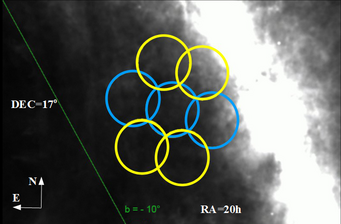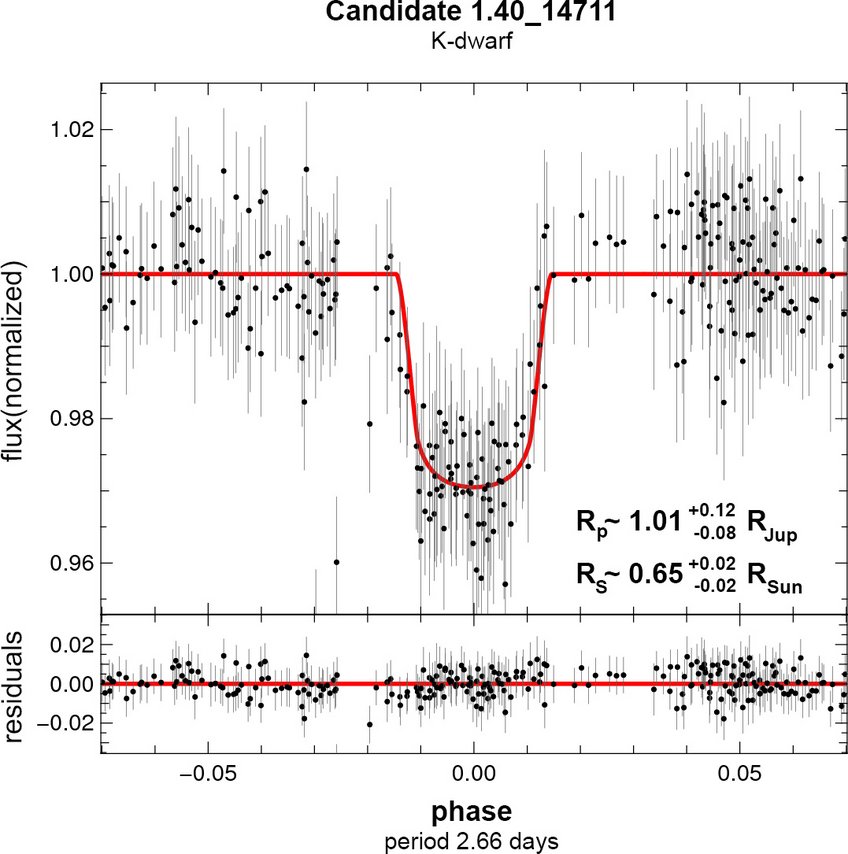
Key Project 4 (Pan-Planets)
The Search for Hot Jupiters Around Cool Stars

Over the past decade, the search for transiting exoplanets has contributed an ever increasing fraction to the total number of exoplanet discoveries each year. This method requires the continual monitoring of stars to measure periodic, slight dimmings in their brightness as seen from Earth. After proper analysis, it can be determined from the stellar light curve whether the dimming is caused by a small, dark body transiting in front of and partly eclipsing the star they orbit. Further observations can confirm the planetary nature of that body—its size, mass and density, even the temperature and the composition of its atmosphere. Transits are therefore a very potent method to study exoplanets, even at a few thousands light-years from the Sun.
Taking advantage of its large field of view and good spatial resolution, Pan-STARRS1 monitored seven individual fields (42 square degrees in total) over a few months per year between 2009 and 2012 in order to obtain high-quality photometry for a large number of stars (about 10 times more M dwarfs than in the Kepler field). Overall, the Pan-Planets survey yielded about 4 million stellar light curves. MPIA researchers are now analyzing the data looking for so-called "hot Jupiters"—Jupiter-like planets in close orbit—around cool dwarf stars in order to constrain the fraction of such planetary systems.

Further reading:
- Koppenhoefer et al (2008) Investigating the Potential of the Pan-Planets Project Using Monte Carlo Simulations.

